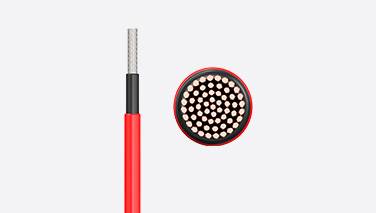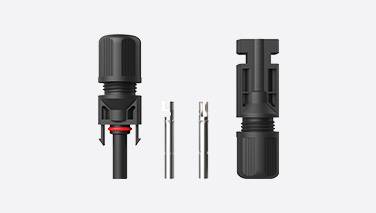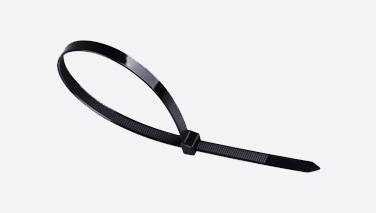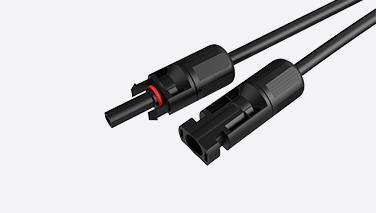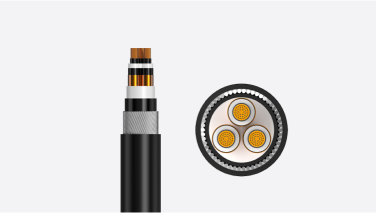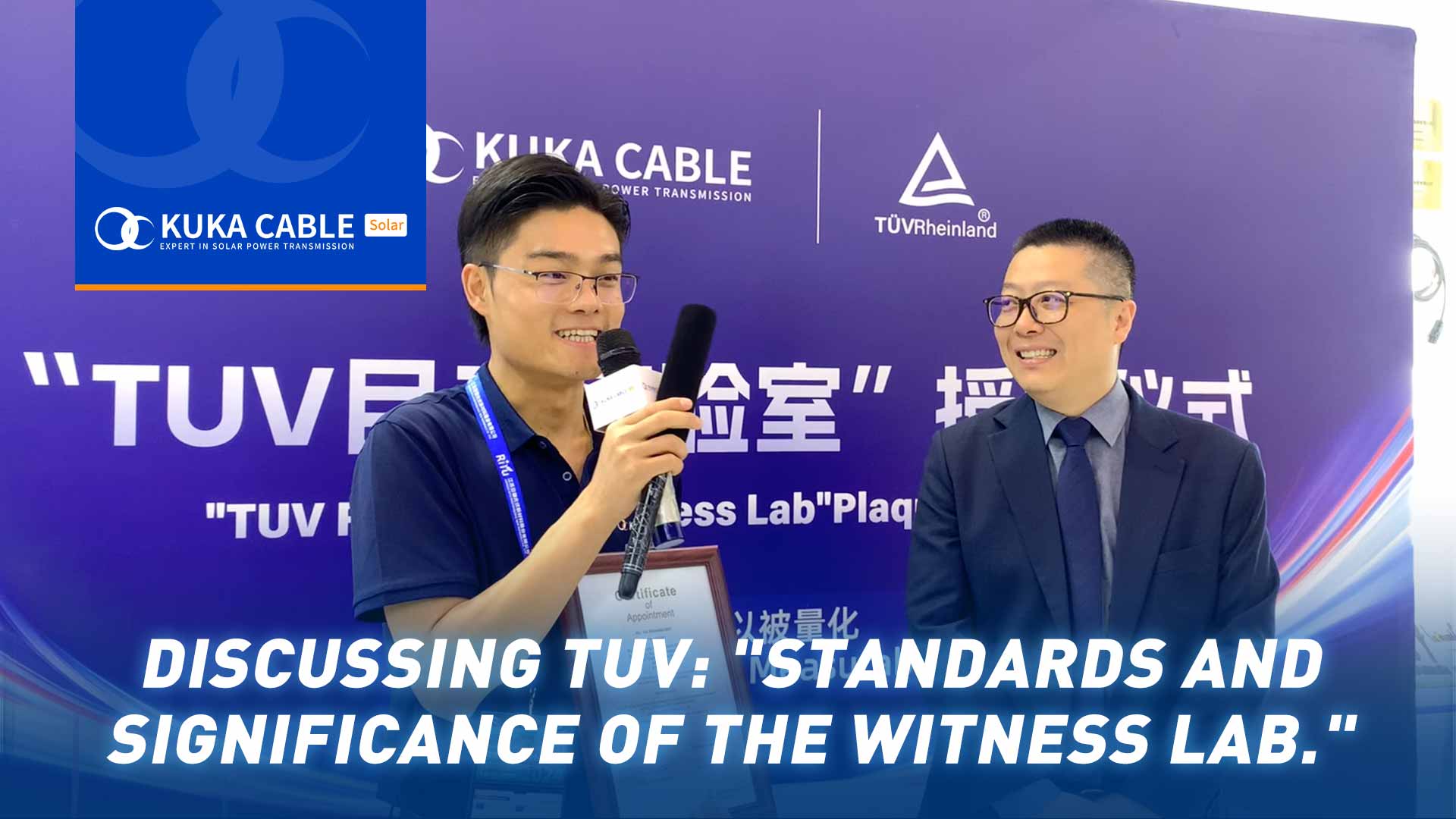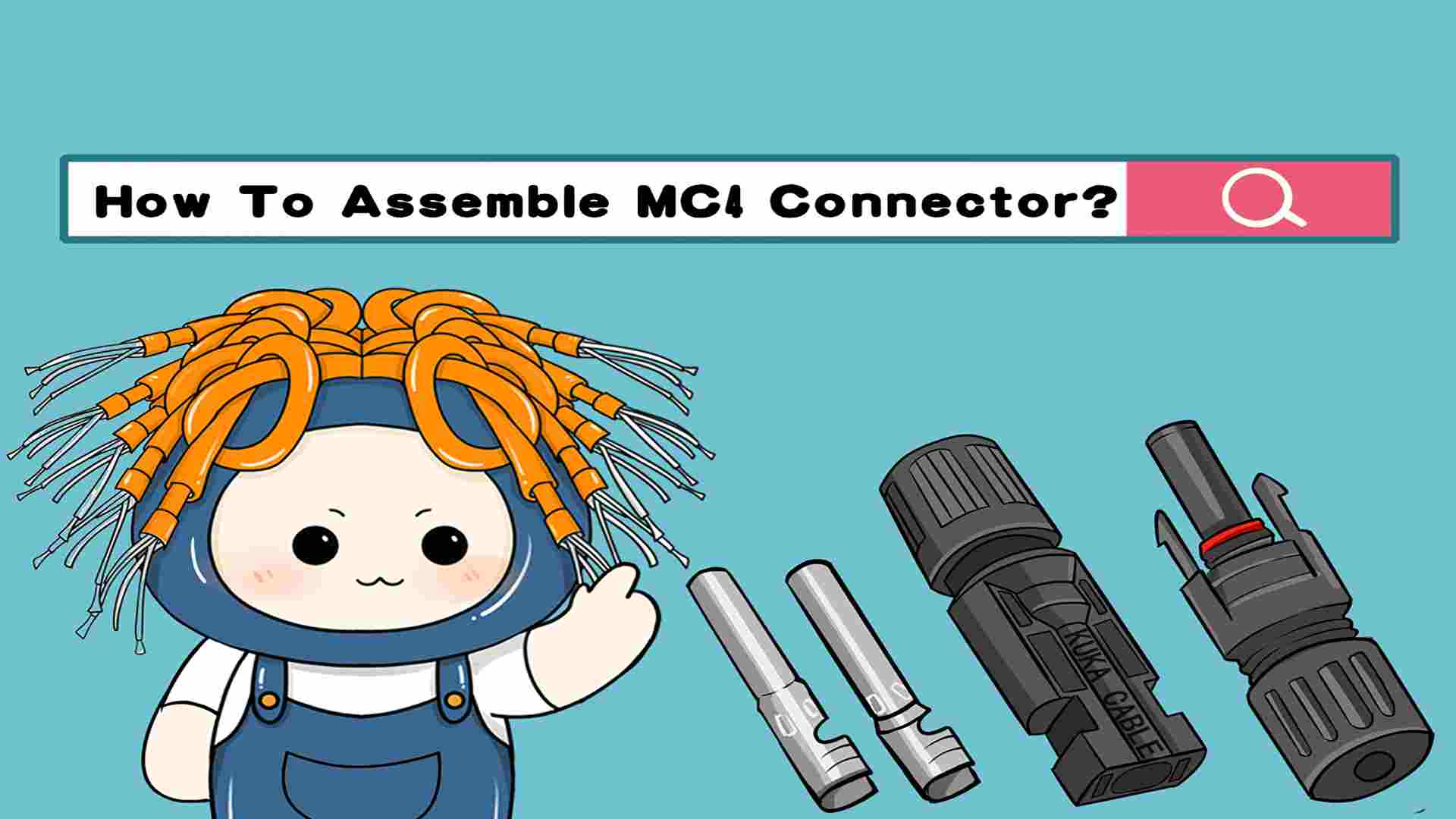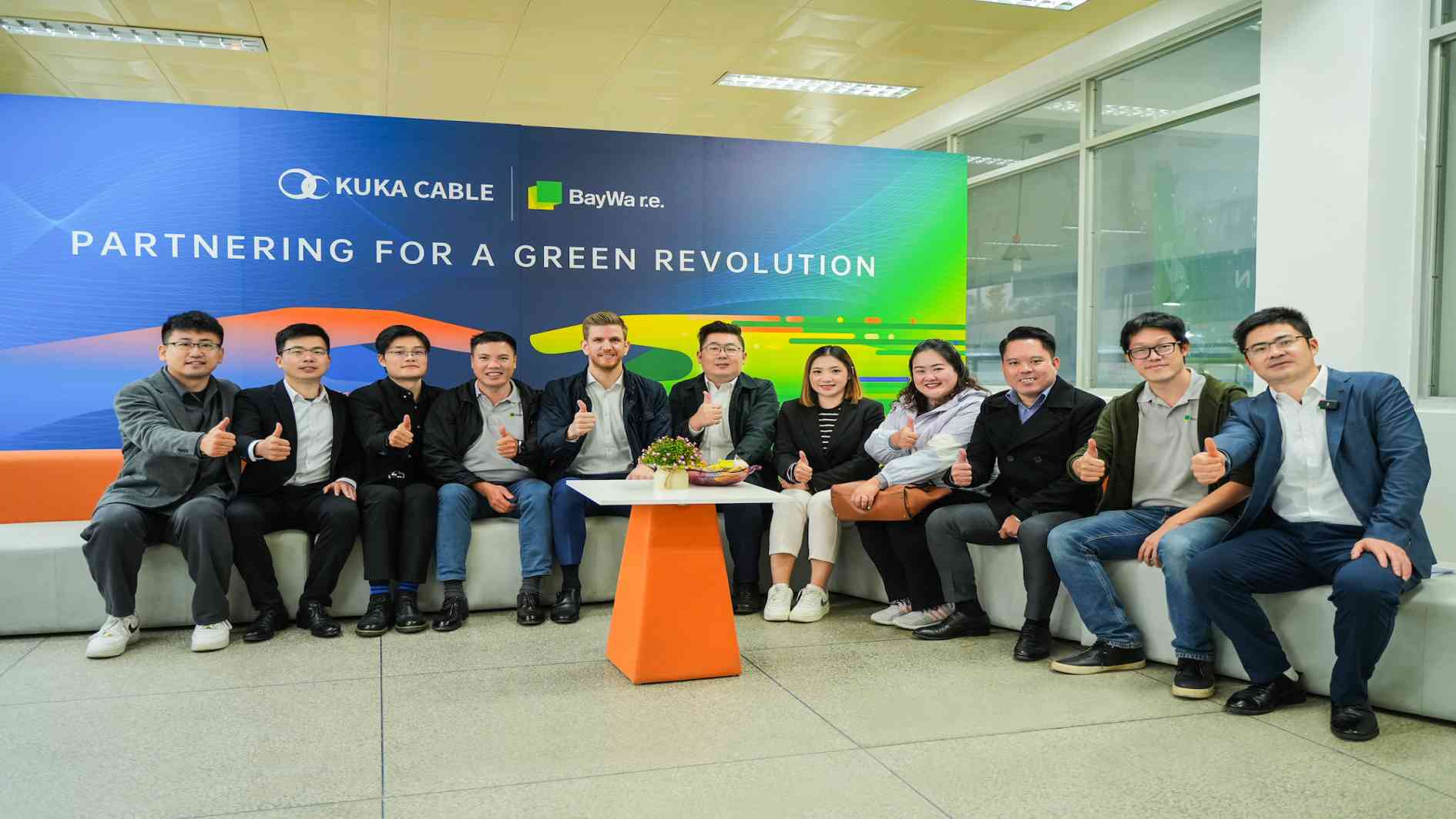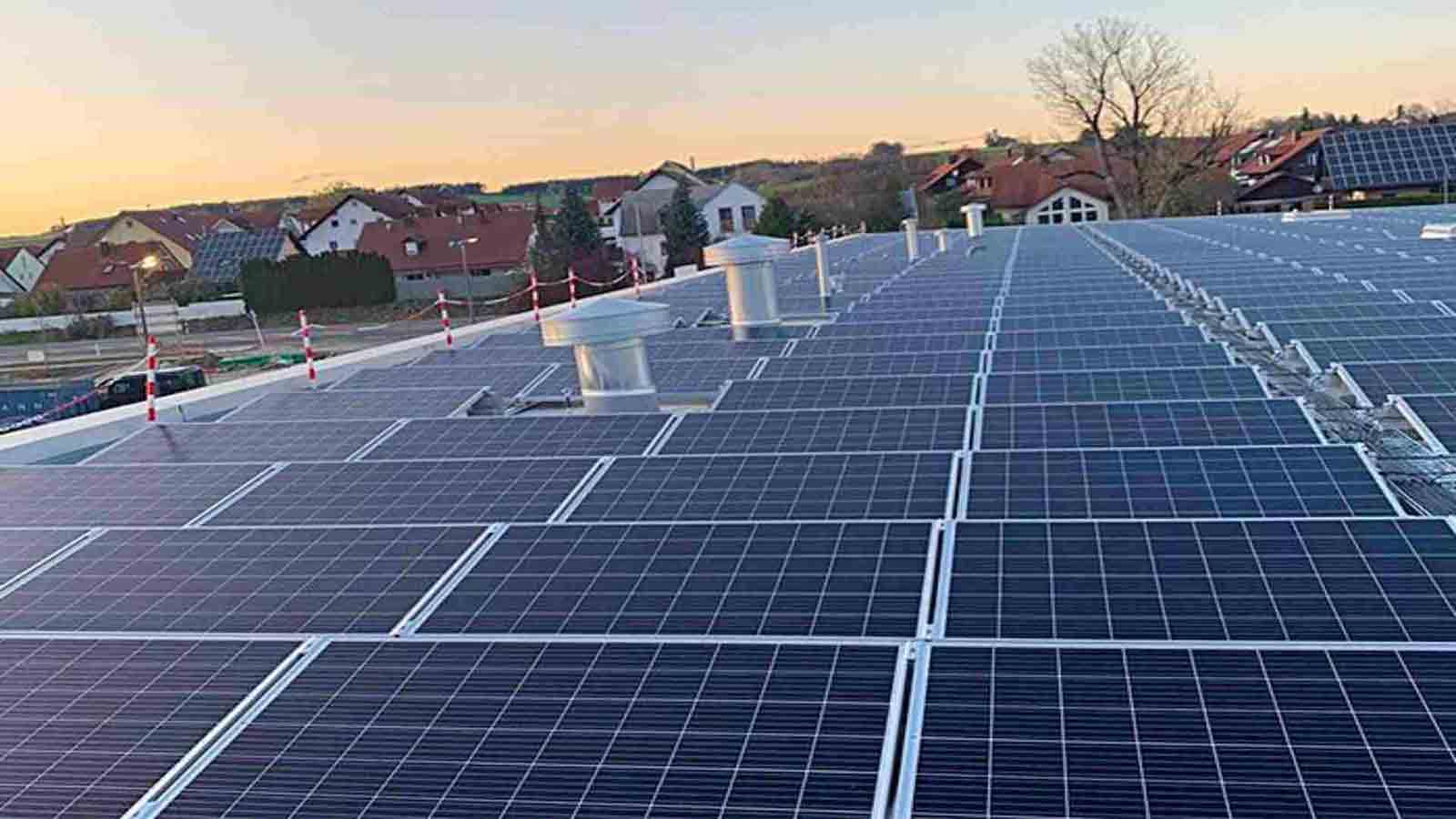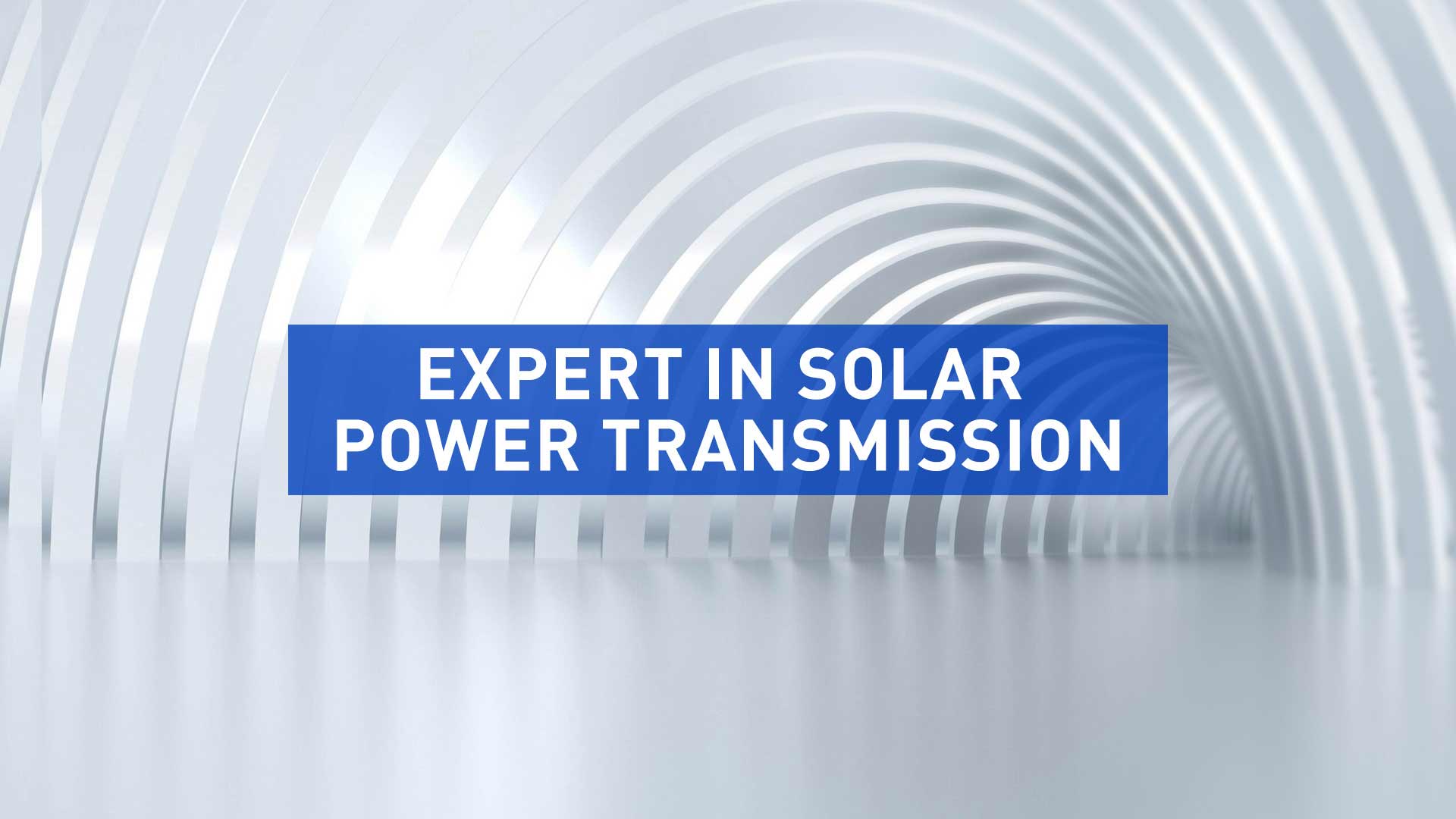The Ultimate Guide to Selecting Cables for Your Solar Power Station
APRIL 21ST,2023

Photovoltaic cables used in solar power generation systems mainly include solar photovoltaic cables, power cables, control cables, communication cables, and coaxial cables.
Among them, the common types of solar cables are PV1-F/H1Z2Z2-K
The cable has a simple structure, and the polyolefin insulation material used has the characteristics of heat resistance, cold resistance, oil resistance and UV resistance, which can be used in harsh environmental conditions while having a certain mechanical strength. Solar photovoltaic cables can be protected by threading tubes, and the module supports can be used as a channel for laying and fixing to reduce the influence of environmental factors.

Power cables are used to connect converters, DC cabinets, inverters, transformers, power distribution units, and the grid.
Common power cables include low-voltage (0.6/1kv) and medium-voltage (12/20 (24) KV) cables, as well as AWA or SWA (single and multi-core) underground power cables such as N2XSY, NA2XSY, and RHZ1.
The cable has a hard texture, a temperature resistance level of 90℃, low dielectric loss, chemical corrosion resistance, laying without drop restriction, etc. It also has high mechanical strength, good resistance to environmental stress, good thermal aging performance, and electrical performance. Power cables can be buried directly, are suitable for fixed laying, and adapt to the needs of different laying environments (underground, underwater, ditch, tunnel).
The control cable is made of braided shielding material with copper core PVC insulation and is suitable for control, monitoring, and protection circuits with AC-rated voltage 450/750V and below. The cable's long-term allowable operating temperature is 70℃, and the minimum bending radius is not less than 6 times the outer diameter. Control cables are generally laid indoors, in cable trenches, pipelines, and other fixed places where shielding and flame retardancy are required.
RS485 twisted PVC insulated braided shielded copper core communication cable is suitable for electronic computer and automation connection cables with rated voltage 1kv and below and high anti-interference requirements.
Features: oxidation resistance, high insulation resistance, good voltage resistance, small dielectric coefficient, etc. While ensuring the service life, it can also reduce the mutual crosstalk between circuits and external interference, and the signal transmission quality is high. The minimum bending radius is not less than 12 times the outer diameter of the cable. The cable allows fixed laying and uses under the ambient temperature condition of -40℃~50℃. It can be laid indoors, in cable trenches, pipelines, and other places where electrostatic shielding is required.
RVVP copper wire PVC insulation PVC sheath insulation shielded flexible cable, also known as electrical connection anti-interference flexible cable, is suitable for alarm, security, and other communication cables that need to prevent interference and transmit data safely and efficiently.
Features: rated operating voltage of 3.6/6KV, the long-term working temperature of the cable conductor is 90℃, and the minimum allowable bending radius is 6 times the outer diameter of the cable. It is mainly used for communication cables and plays an anti-interference role.
Laying: RVVP cable can not be exposed to the sun, the bottom core must be well grounded. For the suppression of electrical interference strength of the weak circuit communication cable, it should be laid in the steel pipe or box. When laid in parallel with the power line, it should be as far away as possible.
Solid-core polyethylene insulated PVC sheathed RF coaxial cable SYV. video cable commonly used for monitoring mainly SYV75-3 and SYV75-5. if you want to transmit video signals within 200 m, you can use SYV75-3, if you want to transmit video signals within 350 m, you can use SYV75-5. can be laid through the pipe.

SGT & SGX rubber or PVC battery cables are used for connection between solar panels and junction boxes and jumper cables from inverters to batteries. The allowable operating temperature range of the cables is -40°C ~ 105°C. The nominal cross-sectional area of the battery cables is 1.5-100mm2.

Lightning protection grounding of solar PV systems includes lightning rods, lightning strips and low-voltage lightning arresters, porcelain vase iron feet on outgoing poles, and metal sheaths of cables connected to overhead lines are grounded, so as to introduce the flowing lightning into the earth. Ground the inverter, the neutral point of the battery, and the secondary coils of the voltage transformer, and the current transformer. Protective grounding of PV module racks, controllers, inverters, distribution cabinet housings, battery holders, cable sheaths, wire threaded pipe sheaths, etc. Repeated grounding Low-voltage overhead lines are grounded once every 1km. The yellow-green ground wire is usually used as H05V-K/H07V-K ground wire, the working temperature of the ground wire is 90 ° C. Generally used for direct burial.
4, solar photovoltaic cable selection and calculation
Solar photovoltaic cable cross-section should be selected to meet the allowable temperature rise, voltage loss, mechanical strength and other requirements. DC solar cables are selected according to the long-term allowable load capacity of solar photovoltaic cables, and calibrated according to the allowable voltage drop of the cable. The calculation formula is as follows:
According to the long-term allowable load capacity of the cable: Ipc>=Ical
According to the permissible pressure drop of the circuit: Scac=P˙2LIca/△Up
Ipc - the allowable load current of the cable, A;
Ica - calculated current, A;
Ical - calculated long-term working current of the circuit, A
Scac - the calculated cross-section of the cable, mm²;
P - resistance coefficient, copper conductor P = 0.0184Ω˙mm²/m, aluminum conductor P = 0.0315Ω˙mm²/m;
L - length of the cable, m;
△Up - the allowable voltage drop of the circuit, V.
If you still want to know more about cables and photovoltaics, please read our other articles



